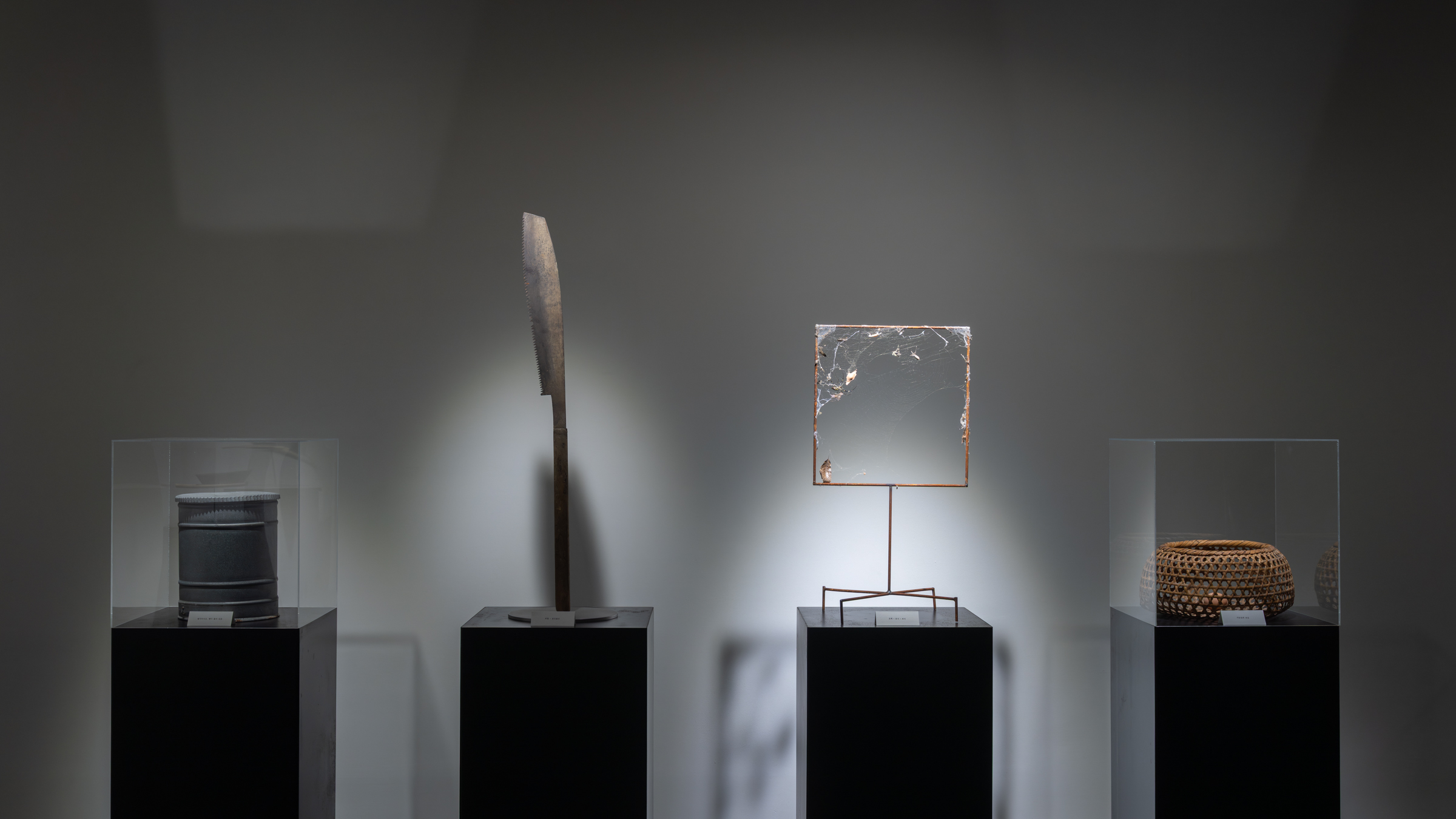Gaze and Distance
2025. 11. 14 – 12. 10 | [GALLERIES] Gallery Da Sun
Esther Wang

Installation View (1)
Esther Wang’s paintings depict landscapes—but not as objects to be merely seen. Rather, they become landscapes that look back, landscapes that return the gaze. Wang does not approach her subject matter through depiction, but through presence—through quiet observation and sustained attention. The emotional and spatial distance between gaze and image becomes the very structure, and the unspoken subject, of her work.

Installation View (2)
The exhibition 〈Gaze and Distance〉 explores not nature as a visible exterior, but landscape as an internalized space of vision. Her compositions are serene and restrained. The planes of color are flat yet nuanced, structured yet emotive. Within these still and abstracted surfaces lie subtle waves of feeling—never stated, but carefully held, and allowed to slowly settle into the viewer.

Installation View (3)
Wang continually interrogates not just the act of framing a scene, but the emotional distance that lies between the viewer and what is viewed. This is not a question of physical perspective, but of psychological proximity—a tension between nearness and remoteness, shaped by the mood of both artist and audience. This gap, this space between, is sometimes like air, sometimes like the temperature of a gaze—unseen, yet deeply felt.

Installation View (4)
〈Gaze and Distance〉 ultimately poses a question: What does it mean to see something? Can we ever perceive a landscape without altering it with our own emotional lens? Wang does not attempt to answer this question. Instead, she leaves it open—offering the gap itself as a space in which meaning may unfold. It is within this open distance that the viewer is invited to dwell, and through which each viewer may form a landscape of their own.

Installation View (6)
Gallery Da Sun
44-18, Yangjimaeul 4-ro, Gwacheon-si, Gyeonggi-dom Republic of Korea
02-502-6535
Share
[GALLERIES] Gallery Da Sun
- Dates
- 2025. 11. 14 – 12. 10
MORE LIKE THIS
Share











